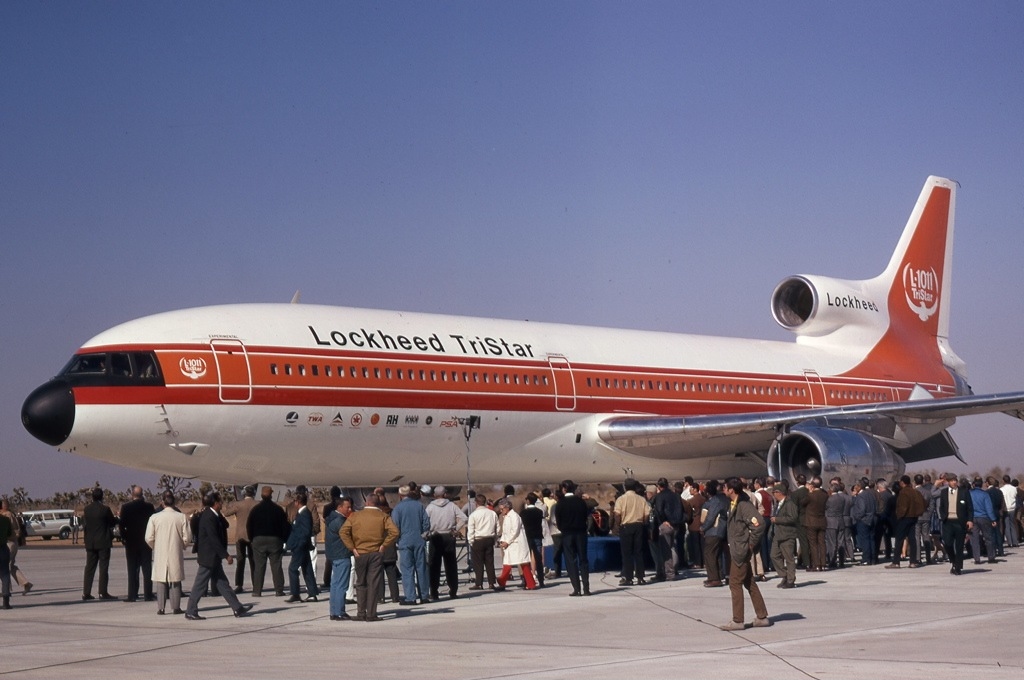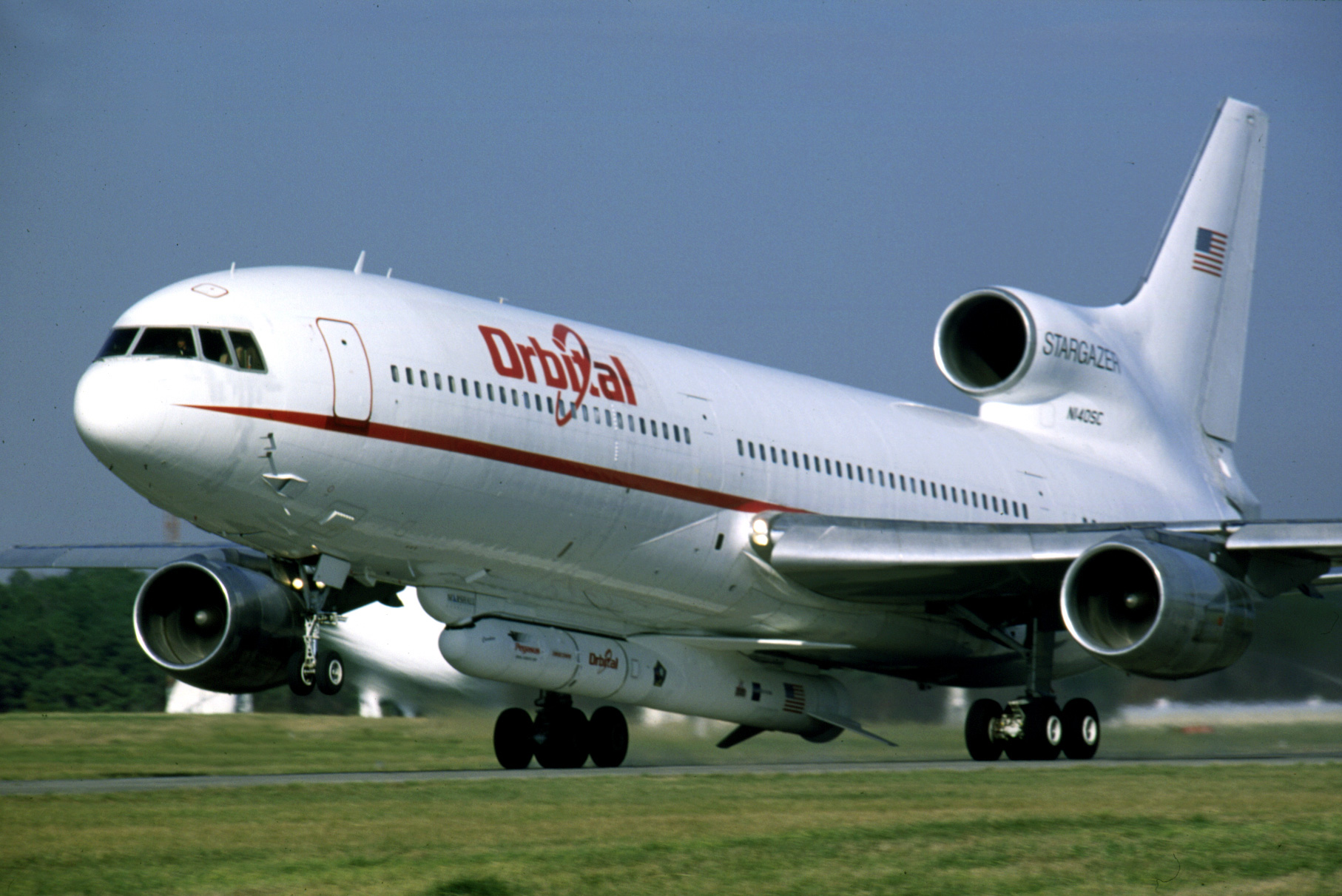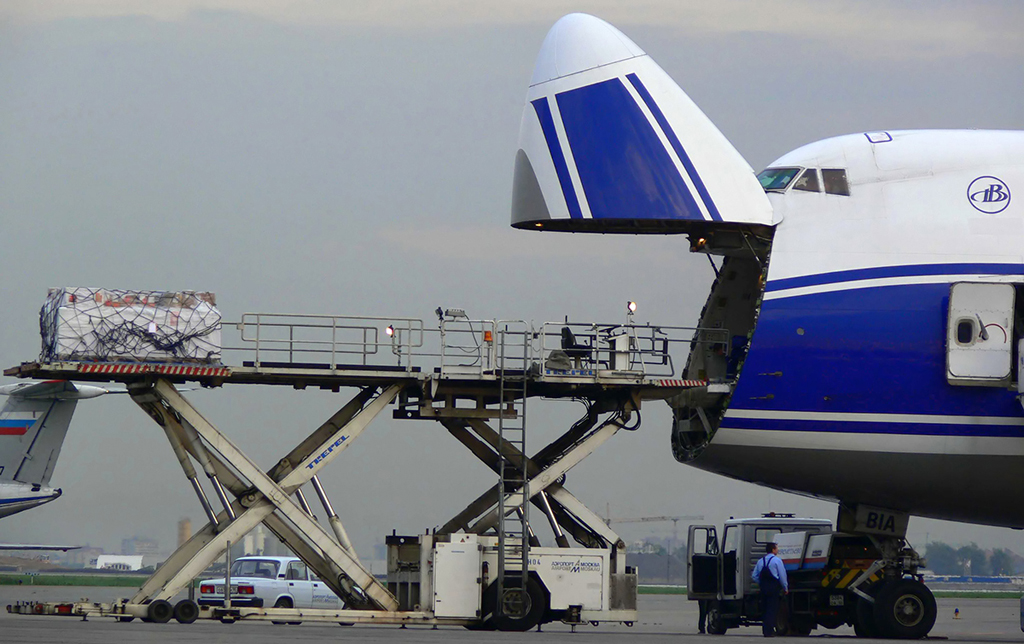|
Balls 8
''Balls 8'' is a NASA Boeing NB-52B mothership which was retired in 2004 after almost 50 years of flying service with NASA. The aircraft is famous for dropping the X-15 aerospace research vehicle on 106 of the 199 X-15 program flights. History ''Balls 8'' was originally an RB-52B that was first flown on June 11, 1955, and entered service with NASA on June 8, 1959. It was modified at North American Aviation's Palmdale facility to enable it to carry the X-15. As on its NB-52A predecessor, a pylon was installed beneath the right wing between the fuselage and the inboard engines with a section removed from the wing flap to accommodate the X-15's tail. The modified bomber flew 159 captive-carry and launch missions for the X-15 program from June 1959 until October 1968. It was first used to launch the X-15 on its fifth flight, January 23, 1960. It also flew missions for the X-24, HiMAT, Lifting Body vehicles, X-43, early launches of the OSC Pegasus rocket, and numerous other pr ... [...More Info...] [...Related Items...] OR: [Wikipedia] [Google] [Baidu] |
Lockheed F-104 Starfighter
The Lockheed F-104 Starfighter is an American single-engine, supersonic air superiority fighter which was extensively deployed as a fighter-bomber during the Cold War. Created as a day fighter by Lockheed as one of the "Century Series" of fighter aircraft for the United States Air Force (USAF), it was developed into an all-weather multirole aircraft in the early 1960s and produced by several other nations, seeing widespread service outside the United States. After a series of interviews with Korean War fighter pilots in 1951, Kelly Johnson, then lead designer at Lockheed, opted to reverse the trend of ever-larger and more complex fighters and produce a simple, lightweight aircraft with maximum altitude and climb performance. On 4 March 1954, the Lockheed XF-104 took to the skies for the first time, and on 26 February 1958 the production fighter was activated by the USAF. Only a few months later it was pressed into action during the Second Taiwan Strait Crisis, when it was de ... [...More Info...] [...Related Items...] OR: [Wikipedia] [Google] [Baidu] |
Pima Air & Space Museum
The Pima Air & Space Museum, located in Tucson, Arizona, is one of the world's largest non-government funded aerospace museums. The museum features a display of nearly 300 aircraft spread out over 80 acres (320,000 m²) on a campus occupying 127 acres (513,000 m²). It has also been the home to the Arizona Aviation Hall of Fame since 1991. Overview A large number of the museum's aircraft are displayed outside with the remainder located in one of the museum's four display hangars. In addition to the display hangars, the museum has a restoration hangar. Opened to the public in May 1976 with 48 aircraft then on display, the Museum's main hangar houses an SR-71A Blackbird, an A-10 Warthog, a United States Air Force ''Through the Years'' exhibit, and a mock-up of a control tower. The museum is adjacent to Davis-Monthan Air Force Base. The 309th Aerospace Maintenance and Regeneration Group (AMARG), affiliated with the base, also known as the "Graveyard of Planes" or ... [...More Info...] [...Related Items...] OR: [Wikipedia] [Google] [Baidu] |
NASA Aircraft
The National Aeronautics and Space Administration (NASA ) is an independent agency of the US federal government responsible for the civil space program, aeronautics research, and space research. NASA was established in 1958, succeeding the National Advisory Committee for Aeronautics (NACA), to give the U.S. space development effort a distinctly civilian orientation, emphasizing peaceful applications in space science. NASA has since led most American space exploration, including Project Mercury, Project Gemini, the 1968-1972 Apollo Moon landing missions, the Skylab space station, and the Space Shuttle. NASA supports the International Space Station and oversees the development of the Orion spacecraft and the Space Launch System for the crewed lunar Artemis program, Commercial Crew spacecraft, and the planned Lunar Gateway space station. The agency is also responsible for the Launch Services Program, which provides oversight of launch operations and countdown management ... [...More Info...] [...Related Items...] OR: [Wikipedia] [Google] [Baidu] |
Northrop Grumman Pegasus
Pegasus is an air-launched launch vehicle developed by Orbital Sciences Corporation (OSC) and now built and launched by Northrop Grumman. Capable of carrying small payloads of up to into low Earth orbit, Pegasus first flew in 1990 and remains active . The vehicle consists of three solid propellant stages and an optional monopropellant fourth stage. Pegasus is released from its carrier aircraft at approximately , and its first stage has a wing and a tail to provide lift and attitude control while in the atmosphere. Notably, the first stage does not have a thrust vector control (TVC) system. History Pegasus was designed by a team led by Antonio Elias. The Pegasus's three Orion solid motors were developed by Hercules Aerospace (later Alliant Techsystems) specifically for the Pegasus launcher but using advanced carbon fiber, propellant formulation and case insulation technologies originally developed for the terminated USAF Small ICBM program. The wing and fins' structures w ... [...More Info...] [...Related Items...] OR: [Wikipedia] [Google] [Baidu] |
Lockheed L-1011 TriStar
The Lockheed L-1011 TriStar, also known as the L-1011 (pronounced "El-ten-eleven") and TriStar, is an American medium-to-long-range, wide-body trijet airliner built by the Lockheed Corporation. It was the third wide-body airliner to enter commercial operations, after the Boeing 747 and the McDonnell Douglas DC-10. The airliner has a seating capacity of up to 400 passengers and a range of over . Its trijet configuration has three Rolls-Royce RB211 engines with one engine under each wing, along with a third engine center-mounted with an S-duct air inlet embedded in the tail and the upper fuselage. The aircraft has an autoland capability, an automated descent control system, and available lower deck galley and lounge facilities. The L-1011 TriStar was produced in two fuselage lengths. The original L-1011-1 first flew in November 1970 and entered service with Eastern Air Lines in 1972. The shortened, longer range L-1011-500 first flew in 1978 and entered service with British Airways ... [...More Info...] [...Related Items...] OR: [Wikipedia] [Google] [Baidu] |
Stargazer (aircraft)
''Stargazer'' is a Lockheed L-1011 TriStar built in 1974, that was modified in 1994 for use by Orbital Sciences (now part of Northrop Grumman) as a mother ship launch pad for the Pegasus launch vehicle. , 45 rockets (containing nearly 100 satellites) have been launched from it, using the Pegasus-H and Pegasus-XL configurations. As of 2019, ''Stargazer'' is the only L-1011 airframe still airworthy. History The first Pegasus launch to use Stargazer was conducted on 27 June 1994 as the maiden flight of the Pegasus-XL. Previous launches used the NASA-operated Boeing NB-52B Balls 8, which was also used for four subsequent launches, as the original Pegasus could not be launched from Stargazer due to clearance issues. A modified version, the Pegasus-H, was introduced to rectify this. Stargazer was also used for captive tests and transportation of the X-34 hypersonic research aircraft; however, drop tests used Balls 8. Orbital Sciences also offer the aircraft for research flights. I ... [...More Info...] [...Related Items...] OR: [Wikipedia] [Google] [Baidu] |
LauncherOne
LauncherOne is a two-stage orbital launch vehicle developed and flown by Virgin Orbit that began operational flights in 2021, after being in development from 2007 to 2020. It is an air-launched rocket, designed to carry smallsat payloads of up to into Sun-synchronous orbit (SSO), following air launch from a carrier aircraft at high altitude. The rocket is carried to the upper atmosphere on a modified Boeing 747-400, named '' Cosmic Girl'', and released over the Pacific Ocean. Initial work on the program was done by Virgin Galactic, another Virgin Group subsidiary, before a separate entity — Virgin Orbit — was formed in 2017 to complete development and operate the launch service provider business as a separate entity from the passenger-carrying Virgin Galactic business. The first successful flight was on 17 January 2021, which delivered a payload of 10 CubeSats to low Earth orbit (LEO). Two additional launches also successfully made it to orbit. LauncherOne was the firs ... [...More Info...] [...Related Items...] OR: [Wikipedia] [Google] [Baidu] |
Virgin Orbit
Virgin Orbit is a company within the Virgin Group which provides launch services for small satellites. On January 17, 2021, their ''LauncherOne'' rocket successfully reached orbit for the first time, and successfully deployed 10 cubesats. The company was formed in 2017 to develop the air-launched LauncherOne rocket, launched from a modified Boeing 747 aircraft named Cosmic Girl; this tandem had previously been a project of Virgin Galactic. Based in Long Beach, California, Virgin Orbit has more than 300 employees led by president Dan Hart, a former vice president of government satellite systems at Boeing. Virgin Orbit focuses on small satellite launch, which was one of three capabilities being focused on by Virgin Galactic. These capabilities are: human spaceflight operations, small satellite launch, and advanced aerospace design, manufacturing, and test. On 30 December 2021 Virgin Orbit became a publicly traded company (symbol VORB) at the NASDAQ stock exchange. Virgin Orbit ... [...More Info...] [...Related Items...] OR: [Wikipedia] [Google] [Baidu] |
Boeing 747
The Boeing 747 is a large, long-range wide-body airliner designed and manufactured by Boeing Commercial Airplanes in the United States between 1968 and 2022. After introducing the 707 in October 1958, Pan Am wanted a jet times its size, to reduce its seat cost by 30%. In 1965, Joe Sutter left the 737 development program to design the 747, the first twin-aisle airliner. In April 1966, Pan Am ordered 25 Boeing 747-100 aircraft and in late 1966, Pratt & Whitney agreed to develop the JT9D engine, a high-bypass turbofan. On September 30, 1968, the first 747 was rolled out of the custom-built Everett Plant, the world's largest building by volume. The first flight took place on February 9, 1969, and the 747 was certified in December of that year. It entered service with Pan Am on January 22, 1970. The 747 was the first airplane dubbed "Jumbo Jet", the first wide-body airliner. The 747 is a four-engined jet aircraft, initially powered by Pratt & Whitney JT9D turbofan engin ... [...More Info...] [...Related Items...] OR: [Wikipedia] [Google] [Baidu] |
Cosmic Girl (airplane)
''Cosmic Girl'' is a Boeing 747-400 aircraft. A former passenger airliner operated by Virgin Atlantic, it was purchased by Virgin Galactic in 2015 to be used as the first stage launch platform (or mothership launch pad) for the air launch stage of the smallsat orbital launch vehicle, the LauncherOne. In 2017, the aircraft was transferred to the orbital launch subsidiary, Virgin Orbit, and its livery updated to ''Virgin Orbit'' livery. LauncherOne attempted its first launch on 25 May 2020; the launch was a failure. The first successful launch (second launch in total) took place on 17 January 2021. Airliner ''Cosmic Girl'' was assembled in 2001 at the Boeing Everett Factory. It was configured as a 44/32/310 B747-41R, c/n. 32745. The aircraft's first flight was on 29 September 2001, and it was delivered to Virgin Atlantic on 31 October 2001, where it was registered as G-VWOW. On 3 November 2005, the aircraft was landing at Runway 27R at Heathrow Airport when a crosswind caused it t ... [...More Info...] [...Related Items...] OR: [Wikipedia] [Google] [Baidu] |
List Of NASA Aircraft
This is a list of NASA aircraft. Throughout its history NASA has used several different types of aircraft on a permanent, semi-permanent, or short-term basis. These aircraft are usually surplus, but in a few cases are newly built, military aircraft. Current aircraft Aircraft References Bibliography * External links Where Are They Now?at NASA Dryden {{DEFAULTSORT:List Of NASA Aircraft Aircraft An aircraft is a vehicle that is able to fly by gaining support from the air. It counters the force of gravity by using either static lift or by using the dynamic lift of an airfoil, or in a few cases the downward thrust from jet engine ... United States special-purpose aircraft ... [...More Info...] [...Related Items...] OR: [Wikipedia] [Google] [Baidu] |
Denver, Colorado
Denver () is a consolidated city and county, the capital, and most populous city of the U.S. state of Colorado. Its population was 715,522 at the 2020 census, a 19.22% increase since 2010. It is the 19th-most populous city in the United States and the fifth most populous state capital. It is the principal city of the Denver–Aurora–Lakewood, CO Metropolitan Statistical Area and the first city of the Front Range Urban Corridor. Denver is located in the Western United States, in the South Platte River Valley on the western edge of the High Plains just east of the Front Range of the Rocky Mountains. Its downtown district is immediately east of the confluence of Cherry Creek and the South Platte River, approximately east of the foothills of the Rocky Mountains. It is named after James W. Denver, a governor of the Kansas Territory. It is nicknamed the ''Mile High City'' because its official elevation is exactly one mile () above sea level. The 105th meridian we ... [...More Info...] [...Related Items...] OR: [Wikipedia] [Google] [Baidu] |
.jpg)





_(cropped).jpg)

%2C_the_Indian_territories.jpg)